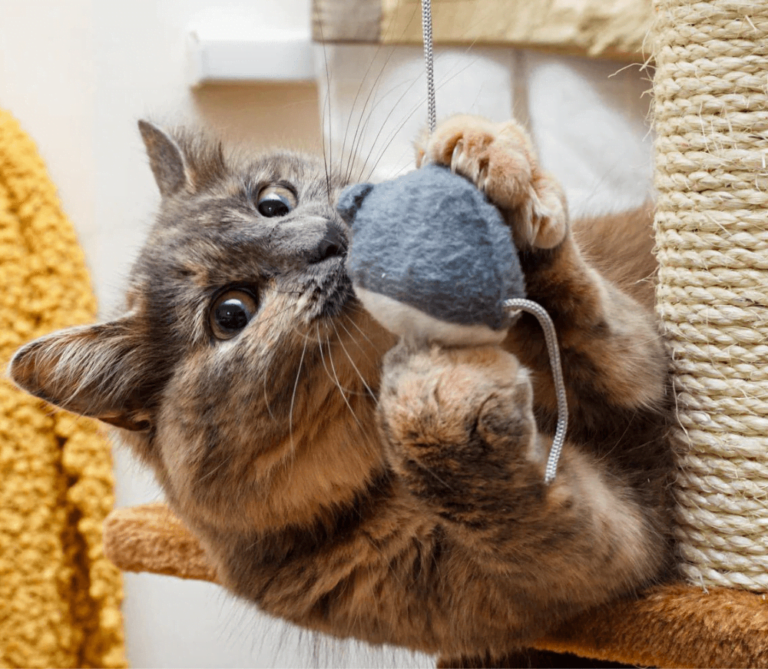Seasonal Affective Disorder (SAD) can affect both pets and people, leading to changes in mood and behavior as seasons shift. Help for Seasonal Affective Disorder in Pets and People involves creating a brighter environment with plenty of natural light or light therapy lamps. For pets, maintaining a consistent routine and providing engaging indoor activities can help alleviate symptoms. Similarly, people can benefit from increased social interactions and outdoor exercise when possible. Integrating help for Seasonal Affective Disorder in pets and people into daily life can significantly improve overall well-being. By addressing the needs of both your pets and yourself, you can manage the effects of seasonal changes more effectively and maintain a happier, healthier environment.
Can Pets Have Seasonal Affective Disorder?
Seasonal affective disorder (SAD) is a mood disorder that begins to crop up in the fall and winter as daylight decreases, altering our circadian rhythm. Reduced sunlight can cause a drop in serotonin levels—one of our “happy” chemicals—and the longer darkness increases the amount of melatonin we produce, making us drowsy. This can contribute to a depressed mood at this time of year, recognized as SAD in strong cases.
It’s estimated that nearly 20 million Americans experience SAD, while another 46 million tackle milder cases of the winter blues. If this winter depression is so common in people, is it possible that it affects our pets too?
While there are no scientific studies that have specifically looked for symptoms of seasonal affective disorder in dogs or cats, similar conditions have been identified in other animals. Studies on rodents have shown that they show signs of depression when they don’t receive enough daylight. While the official data isn’t there yet on seasonal affective disorder in cats and dogs, both animals use serotonin and melatonin just like humans and rodents do, making it likely that they experience some of the same feelings.
There are also simpler factors that might contribute to a pet’s seasonal depression. Many pets are sensitive to changes in their routine, and they might simply miss their outdoor playtime and sunbathing during the summer. Pets are also attuned to their humans’ emotions, meaning that if you’re in a funk, they’ll pick up on it—and might mirror it in their own behavior.
Signs of Depression in Pets
There are some common symptoms of depression in pets (including possible cases of SAD). Watch out for:
- Lack of interest in normal activities
- Increased lethargy or tiredness
- Less appetite or interest in food
- More time spent hiding
- Excessive grooming
- Unusual bathroom accidents
If your pet displays any of these behaviors, reach out to your vet! They can help you determine whether this change in behavior might be due to physical pain, a change in their environment, or a depressive disorder.
How Pets and People Can Help Each Other With Seasonal Affective Disorder
Whether you or your pets (or both of you) are feeling the effects of SAD, you can work together to improve your mood and get closer to those happy summer vibes.
- Try to stick to your summer routine all year long. Feeding your pet at the same time and taking your normal afternoon walk will help to keep both of your internal clocks on schedule.
- Get as much light as possible. Spend time basking in any natural light you get, or cozying up together under a light therapy lamp that reproduces the effects of sunlight for you and your pet.
- Get outside—even though cold, wet walks might be less appealing, the combination of daylight and physical activity makes outdoor activities an instant mood booster for pets and people alike.
- Play together to stay active with your pet even when you’re inside. Incorporate some vigorous physical activity into your day with a game of tug-of-war or chase-the-feather. Add mental stimulation and enrichment with puzzle toys, snuffle mats, and stealthily hidden dog or cat treats.
- Snuggle up with your pet at the end of a long day of walks, playtime, and sunbathing. Cuddling and petting your four-legged friend releases happy chemicals in both of your brains—and helps to increase your bond too.
The season ahead might seem long and dark, but the good news is you’re not facing it alone! You and your pet are a team, keeping SAD at bay and being each other’s mood boosters for a happier winter.
Our Blog covers all topics from basic care to nutrition and trainning . Each guide includes expert advice to build a loving home for you pet!
Discover premium pet products that make tails wag and purrs louder! Our online store offers a wide range of essentials, from bowls , carriers and cozy beds to engaging toys and stylish accessories. Shop now and treat your furry friend to the best—conveniently delivered right to your door. Quality and happiness are just a click away!





